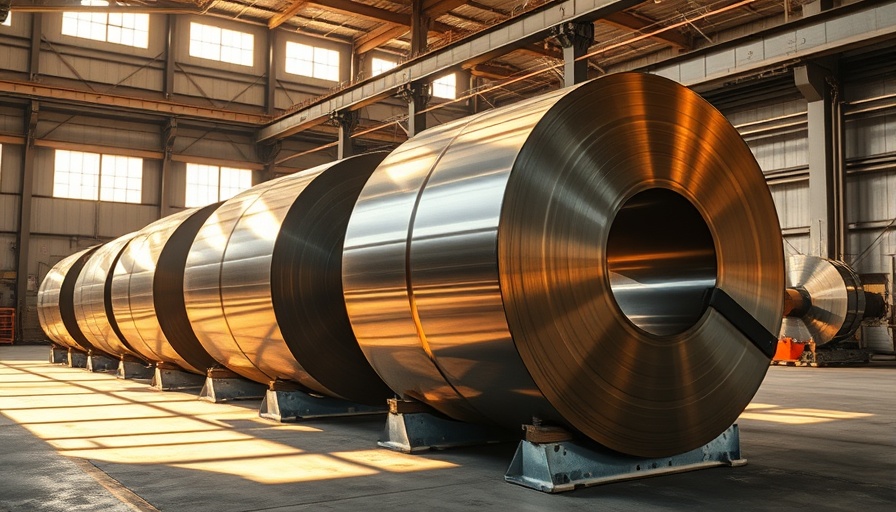
Unpacking the Rise of Oversized Glasses: A Financial Perspective
The recent surge in oversized glasses frames might feel like a fleeting fashion trend, yet it signals much more regarding consumer behavior, marketing strategies, and brand positioning in a post-pandemic world. Financial institutions and service providers, take note: understanding these trends can offer valuable insights into spending habits and potential investment opportunities.
Fashion as a Reflection of Economic Sentiment
The large glasses trend mirrors the broader economic climate. Historically, bold fashion choices signify consumer confidence and experimentation. As people look for ways to express individuality after extended lockdowns, oversized eyewear serves not just a practical need but also a psychological one, allowing individuals to stand out.
Celebrity Influence and Market Dynamics
With celebrities flaunting oversized spectacles, the fashion landscape is once again capitalizing on aspirational marketing. High-profile endorsements can excite the market, driving sales in accessory sectors and impacting stock values of fashion retailers. Companies investing in marketing initiatives that leverage current trends in eyewear can find lucrative markets.
Practicality vs. Aesthetic: A Discerning Consumer
Today’s savvy consumers are not simply drawn to style; they seek functionality. The charm of large glasses rests in their practicality—offering a wider field of vision while adding flair to professional attire. Financial entities should take this into account when marketing products, focusing on multi-functional lifestyle enhancements that appeal to both aesthetics and practicality.
The Future of Accessory Trends: An Investment Opportunity?
As we move forward, the large glasses trend may develop along with advancements in materials technology, leading to new designs that enhance comfort without sacrificing style. Investors should remain vigilant for brands that innovate in both design and production efficiency, as they could become influential players in the accessory market space.
Conclusion
In summary, the oversized glasses trend is more than just a style choice; it's an insight into consumer psychology and market dynamics. For financial institutions and service providers, understanding this phenomenon can aid in tailoring services to meet evolving consumer needs, positioning brands advantageously in a competitive landscape. Embrace these insights and consider how they might align with your financial strategies today.
 Add Row
Add Row  Add
Add 




Write A Comment